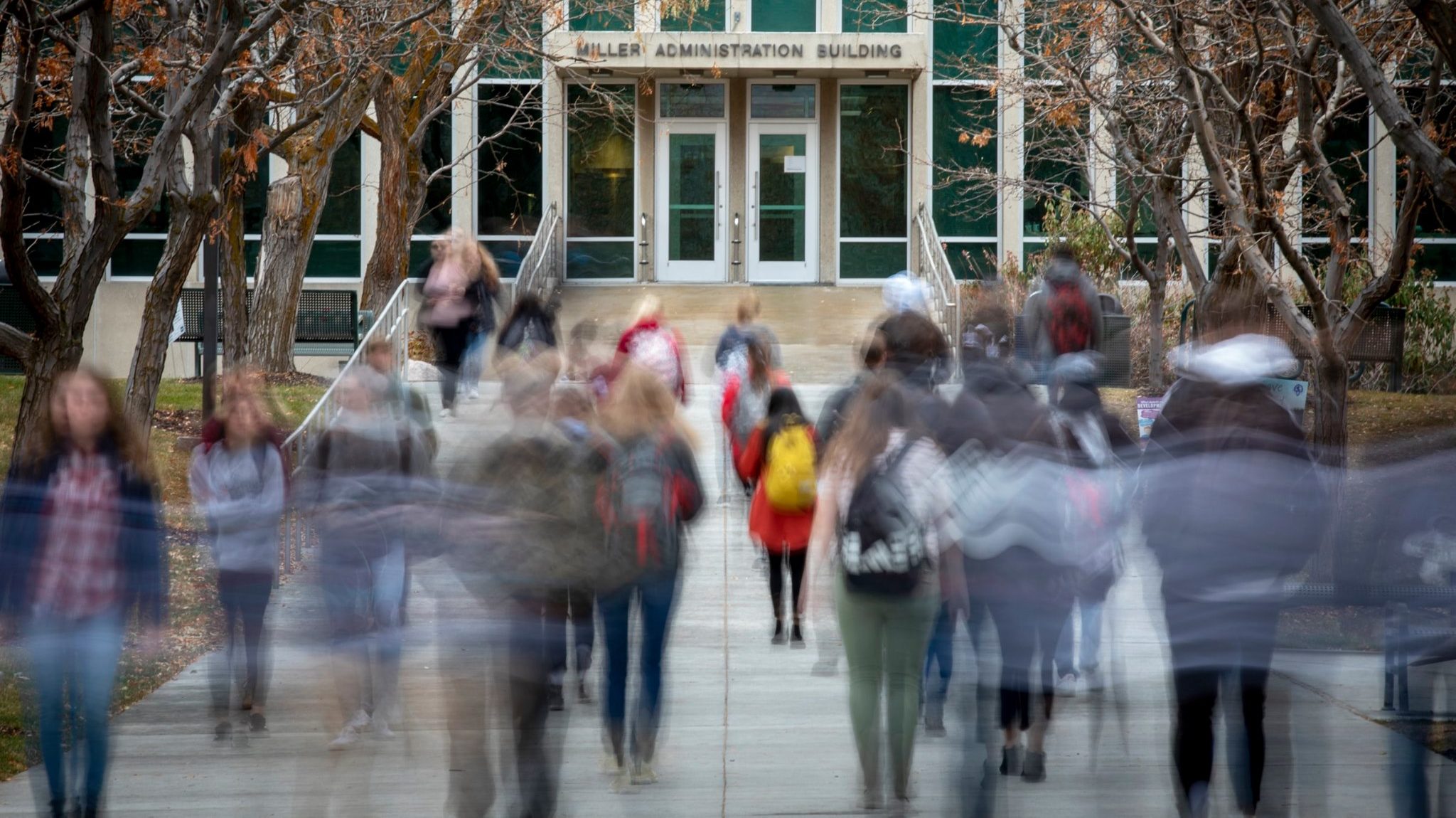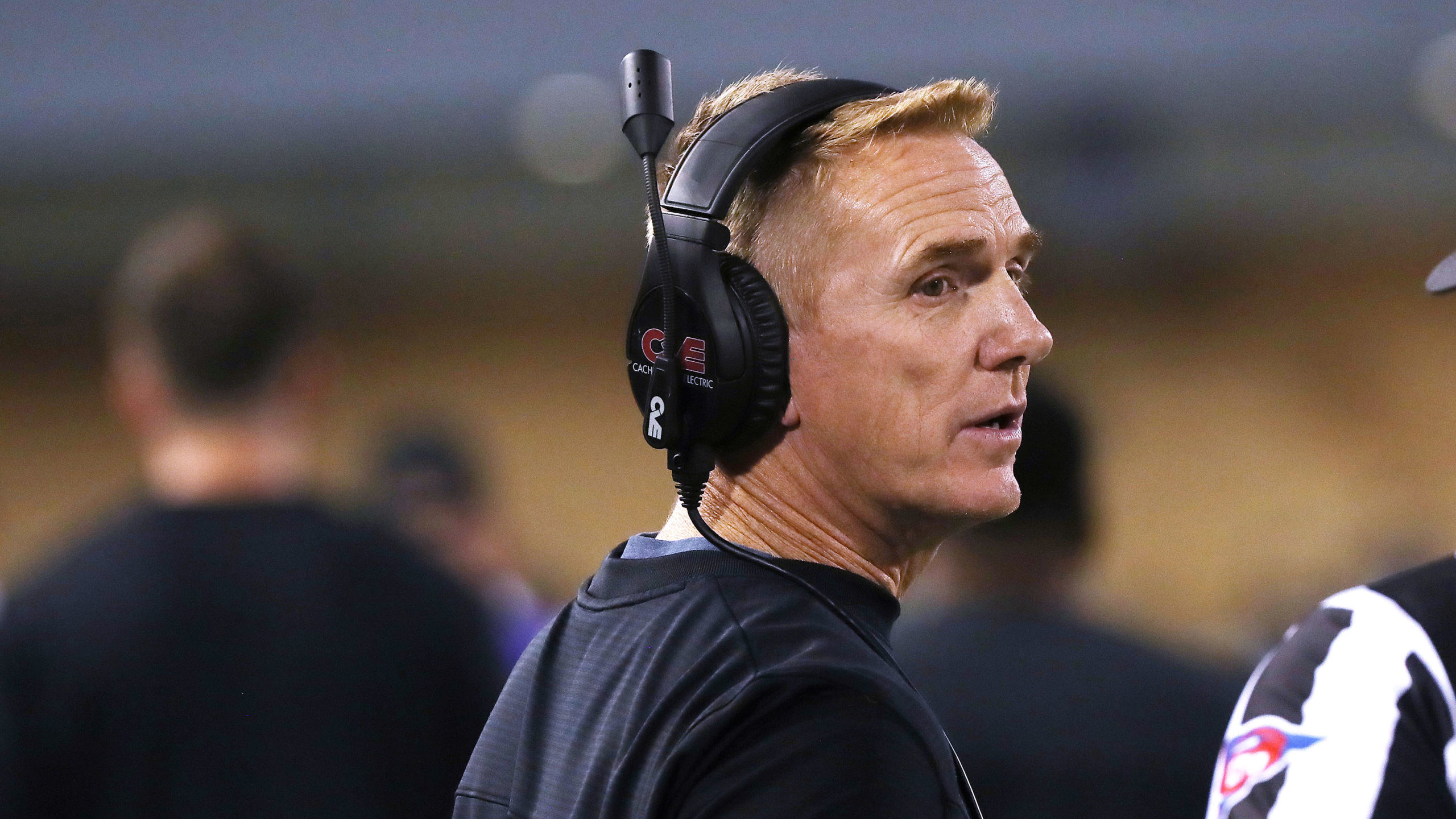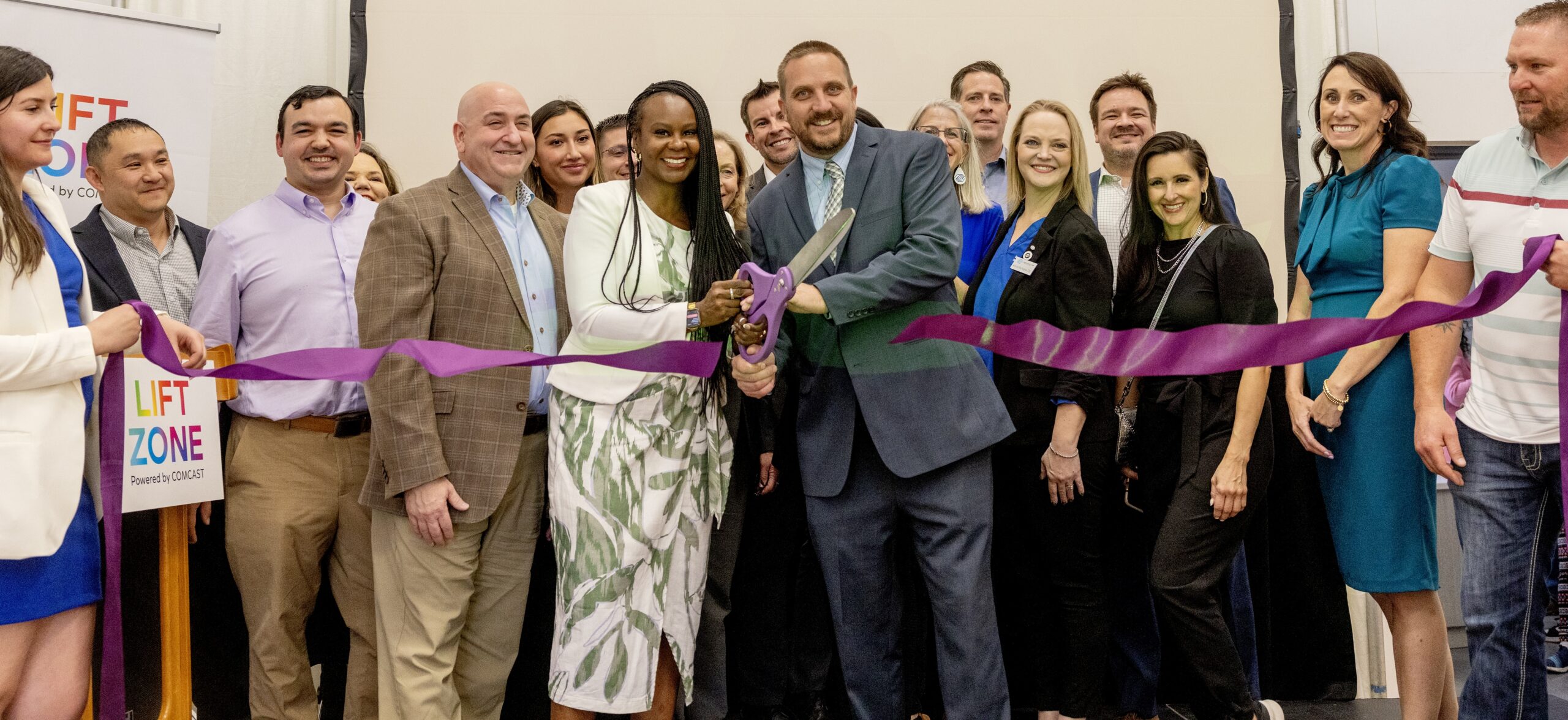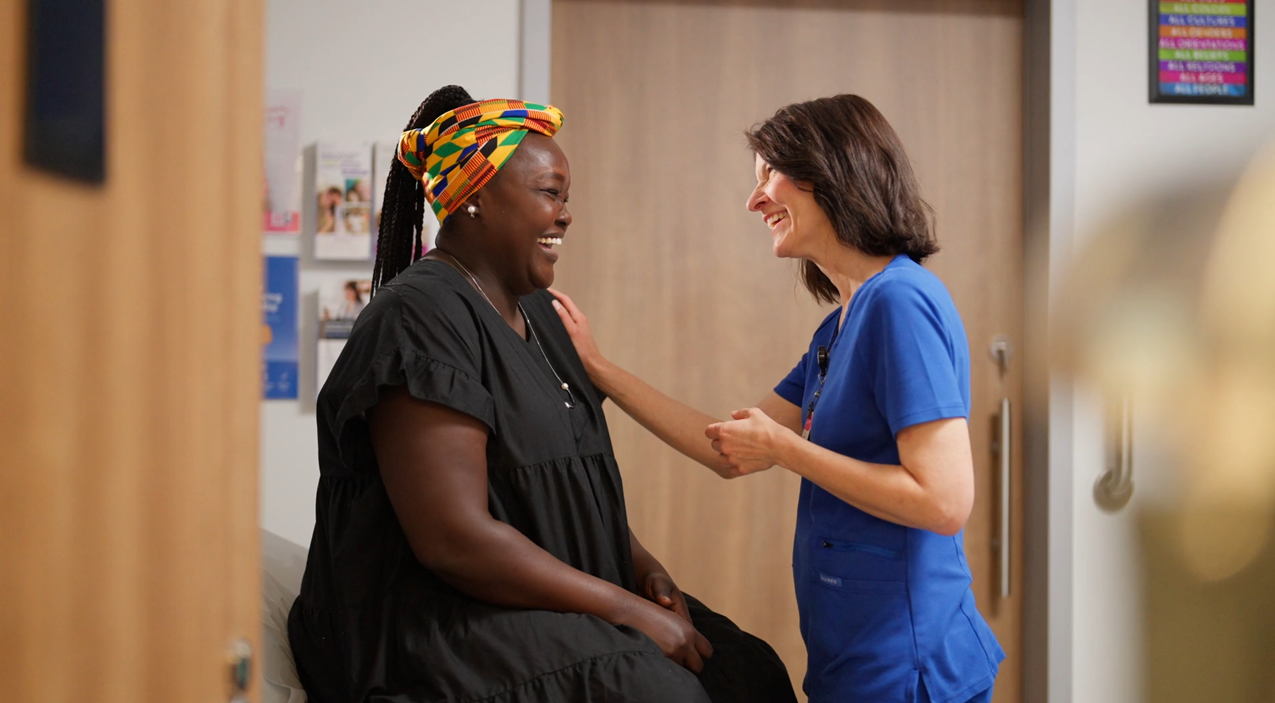Does higher education have a spending problem?
Jul 3, 2023, 12:49 PM | Updated: 1:32 pm

(Weber State University)
(Weber State University)
SALT LAKE CITY — The U.S. Supreme Court on Friday voted to strike down President Joe Biden’s Loan Forgiveness Program. The decision came as student debt is at an all-time high. Does higher education have a spending problem?
Student debt now stands at a record-breaking $1.78 trillion; each borrower owes an average student debt of $37,172.
“It’s a balance, “Jessica Oyler, vice president of Student Access and Success at Weber State University, told KSL at Night.
Rise in costs and competition
According to Oyler, there are things out of control for universities that force them to increase costs.
“Looking at construction costs is a prime example of this. Construction costs 20 years ago versus construction costs today or construction costs five years ago were different than what they are today.”
Universities have been experiencing a decline in enrollment in the past few years, which also means they are spending more money on recruitment efforts.
“Universities are spending more because they’re trying to put in more to recruit students,” Oyler said.
Although Utah is an outlier, according to Oyler, another problem some states have come from the legislators. “Nationally, certainly the appropriations by the state have decreased, so tuition costs are rising to make up that gap. Lots of private donors are helping to make up that gap as well.”
Amenities race
Many universities are also adding many amenities to offer students, contributing to the spending problems. Louisiana State University added a lazy river in 2017 to help students relax.
Behold: the recently-opened @LSUUREC Leisure River.
Have you taken a dip?https://t.co/DO24YIotB1 pic.twitter.com/0075rgKT8w
— LSU (@LSU) July 15, 2017
Although the addition of something like a lazy river does not add academic value for the students, Oyler said, it does help bring a sense of belonging for students. But those amenities do bring a lot of cost to students.
Oyler ends the segment discussing how universities are shifting focus now on return on investment for students, with Weber State being the only Utah institution in the top five for return on investment at 10 years and 40 years.













